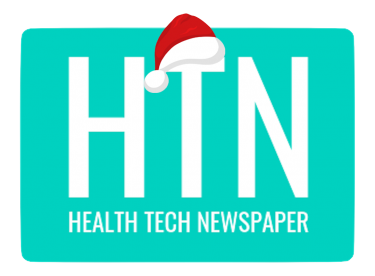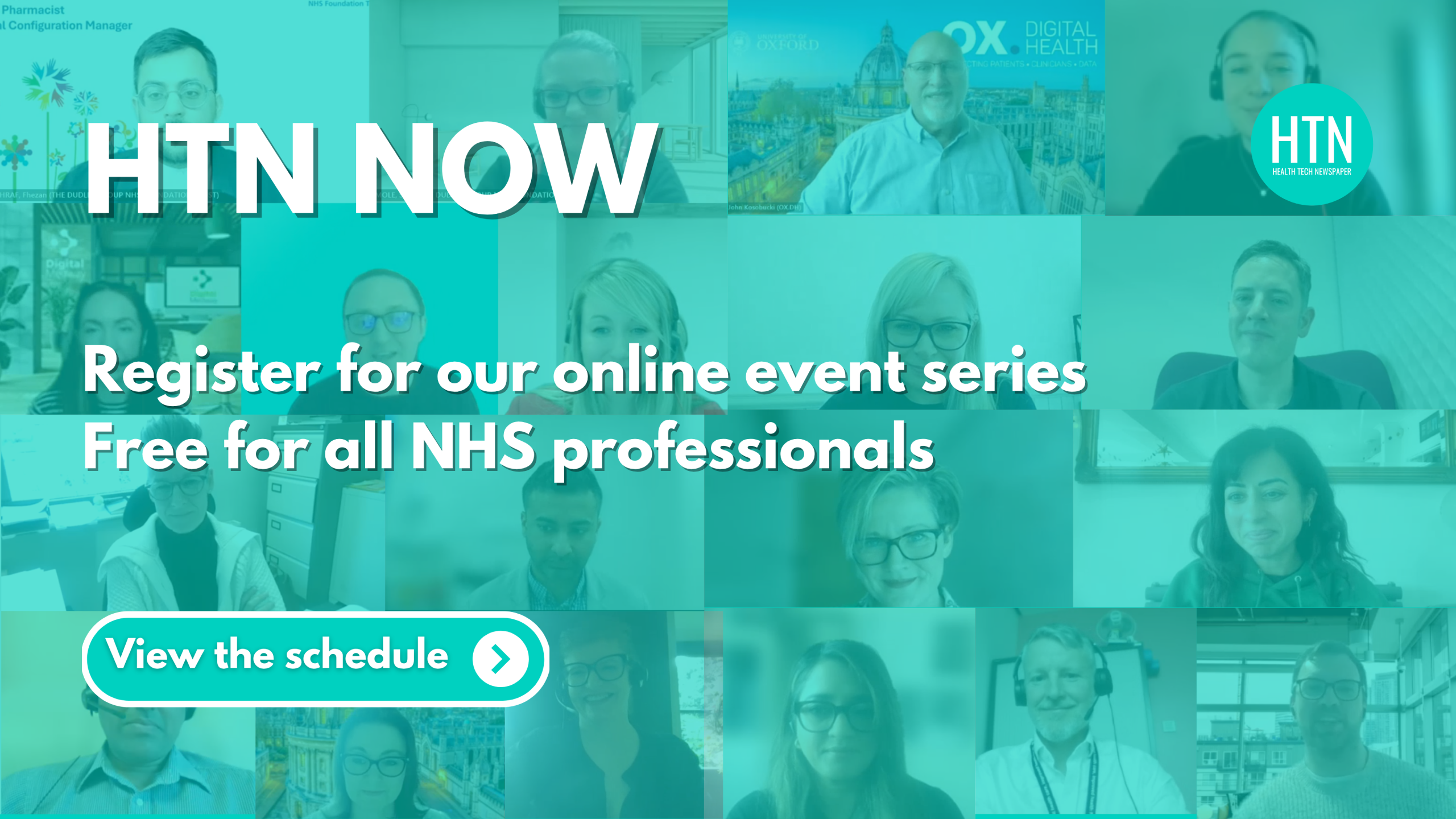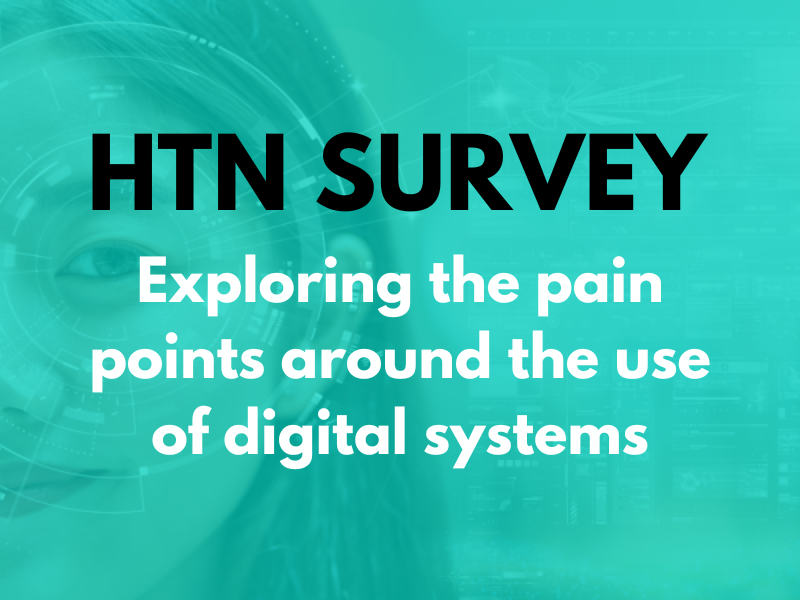As part of our feature series exploring data and AI, we sat down for a chat with Matt Moore, account director at Rackspace Technology, to hear his thoughts on the NHS’s approach to data; how fragmented data infrastructure needs to be tackled as part of the shift from analogue to digital outlined in the Darzi report; and the need to pull away from the view of digital and data as solely an IT function.
In particular, he emphasises how the decision-making process of clinicians is enhanced when coupled with good, available data, and shares views on how the collection, management and access of data has the potential to be a major contributor in supporting clinicians’ ability to deliver better patient outcomes.
As account director within Rackspace Technology’s NHS and government team, Matt works with customers, applying NHS best practices to build cloud solutions that meet their technology, operational, and business needs. Matt highlighted that in light of new technologies like AI, and ever-increasing cyber threats, protecting and managing data is no longer just the concern of the CIO or CDIO, but of the whole trust.
NHS approach to data
Matt reflected that the way in which the NHS utilises data has changed in recent years, from patients increasingly accessing their own health records and personal information, to data linkage at population level for research and the use of tools such as machine learning and artificial intelligence to explore data insights.
“We have seen a lot of change in how our customers in the NHS approach data,” Matt reflected. “That has involved a refocus; there are still challenges around storage and the secure access of data, which can constrain some NHS trusts, but I think we have reached a point where data is a key enabler for NHS organisations.
He continued, it is the trusts like Central and North West London NHS Foundation Trust (CNWL) with a clear data strategy and solid organisational plan in place which “tend to get the most value out of their data”. CNWL’s ICT director Owen Powell spoke at HETT to provide insight into the trust’s transition to the cloud, sharing how CNWL took care to ensure that every element of the organisation that would be impacted by the move had been taken into consideration, from undertaking an initial systems assessment, to exploring supplier assurances and accreditations, to examining the financial elements including costs and revenue model. “Plans for the utilisation of data really help CNWL make the most out of it,” Matt concluded, “and then that data in turn helps the trusts to make the right decisions at the right time.”
Bringing data together
Lord Darzi’s report on the state of the NHS highlighted how the NHS needs to “shift from analogue to digital” and pointed to the fragmented nature of data infrastructure as a key barrier. Darzi also noted that the richness of NHS data is “largely untapped” for clinical care, service planning and research; observed that the NHS tends to struggle with data-sharing; and reported that digital maturity across the health service is still largely at a low level.
Sharing his views on this, Matt acknowledged that across the NHS, there has been a “historical under-investment in technology” among many trusts. “That under-investment has held back some the aspirations and plans around data and digital transformation, and it means we often see data held in a lot of disparate locations spread across an organisation. It can be really difficult to pull data together and bring it into one singular place where a trust can really look to leverage and drive value from those data assets.”
IT services and systems in place within trusts have often been built to meet a specific need over a certain period of time, Matt continued. Rackspace Technology looks to help its customers take a holistic approach to assess and understand all of the different service components within the organisation that make up their digital environment. “Then we can help trusts to plan the consolidation of this environment and work out the most efficient way for those components to work together. Then they need only secure their environments and data once; but they can access that data and leverage it across the organisation and beyond its walls, in a secure and managed way.”
Picking up on the point around data travelling across organisational boundaries, Matt highlighted that the existing NHS approach to data can often mean that the data stored in an electronic patient record, typically owned, and operated by a trust, is not always available for other groups, such as social care. This poses challenges around gathering patient history and continuity of care. “Getting to a point where that data is available wherever a patient has a touchpoint with the NHS, whether that is a school or a care home or somewhere in between, is complex,” he conceded. “But it is a way for the NHS to rapidly improve the patient experience.”
Matt also shared the view that integrated care systems have helped the NHS take a positive step in this direction. ”I do think that overall, the move to integrated care systems (ICSs) is helping to ensure trusts have stronger data and digital plans in place. ICS working means that trusts need ways of working and processes which allow them to collaborate more effectively, which tends to take a stronger focus on those digital elements.”
Data within the wider strategy
“Often, there is a tendency to consider data as just a component of technology – and technology might be viewed as critical to the operations of the NHS trust, but that view doesn’t really give data the importance and focus it needs,” Matt said. “In our view, data needs to be viewed as an essential part of the strategic direction. You need to look at the organisation, the culture processes, the business models, as well as the technologies. You need to bring all of those elements together in order to form a really solid data strategy and plan.”
Many trusts are hiring chief digital information officers or other senior digital roles to lead data and digital plans, Matt noted, this provides top level board direction around the organisation’s future digital transformation programmes and its management and utilisation of data. “It’s useful to have these roles in place, so data is no longer seen as just the responsibility of the IT department,” he stated. “Data needs to be an organisational responsibility, and it needs the right leadership and governance to make a success of it.”
As for those future digitisation programmes: what should the goals in this area look like for an NHS trust, in Matt’s view?
“It comes back to the need to pull away from the view of digital and data as an IT function. We need to move away from the idea that technical staff members build and operate digital tools within a wider service, and towards the concept of designing, building and delivering digital services.”
He elaborated: “It may be that changing the scope of teams is useful, here; you need to look at things like product management, service design and delivery models. Trusts should aim to develop and deliver a combined digital and data strategy that focuses on getting the wider organisation, the IT team and the systems all aligned, so that you utilise all aspects to drive towards better patient outcomes.”
The importance of data sovereignty
As well as the organisation, management and collection of data, another consideration within the data strategy is where and how it is hosted, stored, and accessed. When dealing with the level of patient-centric data the NHS holds on behalf of the UK population, Matt noted that it is critical that access to this data is appropriately managed and that the platform it sits on is designed with that data in mind; and not all cloud solutions are built to meet the stringent compliance needs of the UK.
Rackspace Technology takes the view that the only way to guarantee the correct level of security and compliance is through a solution which provides data sovereignty. For the UK, data sovereignty would be where the data is ring fenced and never leaves or is accessed outside of the UK. HTN previously spoke with sovereign services lead Nick Roberts and global customer manager for healthcare Jason Jones to find out more about this topic, including the benefits of sovereign cloud services and EPR market trends – find out more here.
Security, and tackling breaches
Moving on to discuss breaches around data, Matt highlighted how cyber security is a “massive ticket item on the agenda for most if not all of the NHS trusts that we talk to at Rackspace”.
Across the industry, he continued, people have heard about recent data breaches in the NHS; and they know the kind of impact these attacks can have on patient care. “We are seeing our NHS customers adapting their data security and compliance strategy as a result,” Matt reflected. “A lot of them are taking a renewed focus on cyber security; they’re looking to improve their security tools and services, but they are also taking a wider organisational and operational view as well, recognising the need for cyber to wrap around everything.”
It is important that an NHS organisation has a clear understanding of its capabilities, Matt noted; and its limitations. “Resources such as the Cyber Assessment Framework can help trusts to evaluate their cyber posture and maturity, and they are also very useful in mapping out steps and plans for making improvements and tightening up security across the organisation.”
Reviewing a data strategy: practical steps
“In terms of practical steps, I think looking to other similar NHS trusts for examples of good practice is always useful,” Matt said. “There is no need to try and reinvent the wheel; there are organisations out there like your own which will have achieved success in particular areas relating to digital or data that your organisation may be struggling with. Look at how people have been successful in the past; see if you can replicate what they did. Talk about it, share your stories. What went well? What was less successful? Sharing best practices can help the NHS learn from past experiences.”
Ultimately, he stressed, it is about collaboration. “That includes collaborating across departments and teams within the NHS trust itself; collaborating across the wider NHS; and collaborating on an even wider scale too. This can also include working with an external organisation which has a breadth of experience in advising on designing and managing data and digital plans.”
Digital and data are not the responsibility of any one individual or a singular team, Matt concluded. “Delivering successful data strategies means getting the whole organisation engaged and driving from top down. It’s an organisational responsibility; and getting that alignment right up front is a crucial driver for success.”
Many thanks to Matt for sharing his views, and to find out more about Rackspace Technology, please click here.





